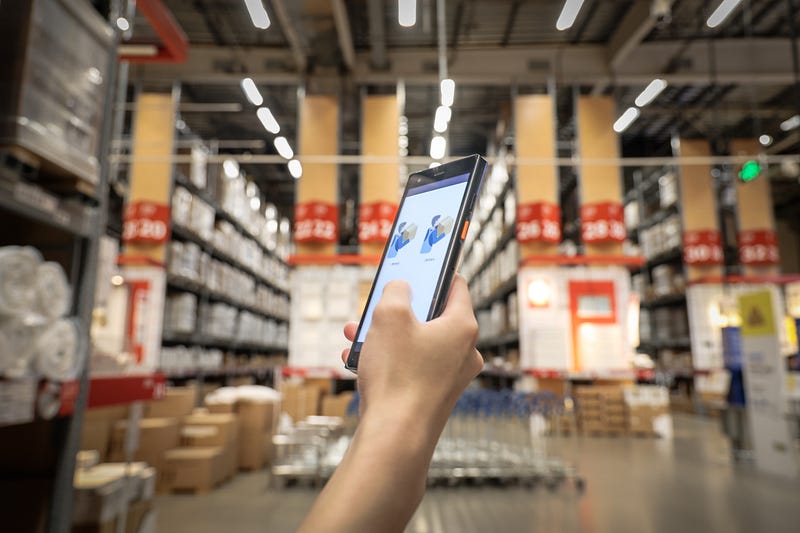In today’s society, food safety remains a focal point of public concern. To regulate the quality and safety management of agricultural products, the government has proposed the establishment of a comprehensive traceability system for agricultural products and food safety. This includes the creation of a unified national platform for tracking agricultural and food safety information. In response to this trend, agricultural production and processing enterprises have adopted large-scale information technology layouts. By implementing a traceability system where each item is assigned a unique code, transparency is achieved throughout the entire process — from the procurement of raw materials to the production of finished products, storage, transportation, distribution, and retail. Handheld PDAs and UHF handheld terminals, as crucial modern technology tools in food safety supervision, play a pivotal role. This article will delve into the application of UHF handheld terminals in food safety supervision and their importance to food safety.

Applications in Food Safety Supervision
Product Traceability and Tracking:
UHF handheld terminals can read RFID tags or barcodes on food packaging, tracking the entire process of food production, processing, distribution, and sales. This capability helps regulatory authorities promptly identify and track problematic food products, ensuring traceability and accountability to guarantee food safety.
On-Site Inspections and Sampling:
Regulatory authorities can utilize UHF handheld terminals for on-site inspections and sampling. By scanning the RFID tags or barcodes on food products, they can record inspection results and sample collection information, achieving real-time monitoring and management of food production enterprises and markets.
Data Management and Analysis:
UHF handheld terminals can synchronize data and share information with backend databases and management systems. Regulatory authorities can use these terminals to upload and manage food safety data, conduct data analysis and mining, identify trends and patterns in food safety issues, and formulate targeted regulatory policies and measures.
Information Dissemination and Education:
UHF handheld terminals can serve as channels for information dissemination and education, conveying food safety knowledge and regulatory information to the public. Regulatory authorities can use these terminals to issue food safety alerts, promote food safety laws, regulations, and policy measures, enhancing public awareness and concern for food safety.
Importance of UHF Handheld Terminals to Food Safety
Food safety directly impacts people’s health and quality of life. The application of UHF handheld terminals can significantly enhance the level of food safety assurance. By enabling food traceability and tracking, UHF handheld terminals help consumers understand the source, production process, and quality of food products, allowing them to choose safe and high-quality food, thereby ensuring the quality of food on their tables.
The application of handheld terminals in food safety supervision not only improves regulatory efficiency and levels, ensuring consumer health and rights but also plays a crucial role in ensuring food safety. As technology continues to develop and its application deepens, the role of UHF handheld terminals in the field of food safety will become increasingly significant, safeguarding food safety supervision and consumer health.